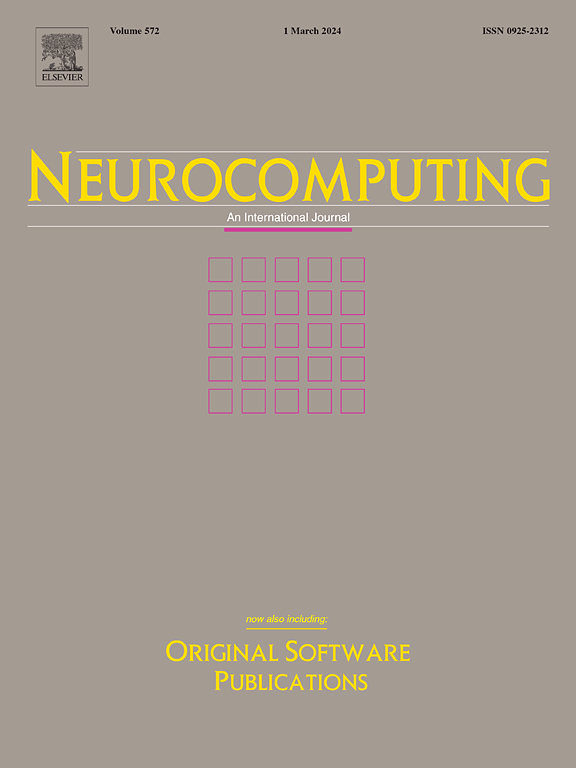An adversarial contrastive learning based cross-modality zero-watermarking scheme for DIBR 3D video copyright protection
IF 5.5
2区 计算机科学
Q1 COMPUTER SCIENCE, ARTIFICIAL INTELLIGENCE
引用次数: 0
Abstract
Copyright protection of depth image-based rendering (DIBR) videos has raised significant concerns due to their increasing popularity. Zero-watermarking, emerging as a powerful tool to protect the copyright of DIBR 3D videos, mainly relies on traditional feature extraction methods, thus necessitating improvements in robustness against complex geometric attacks and its ability to strike a balance between robustness and distinguishability. This paper presents a novel zero-watermarking scheme based on cross-modality feature fusion within a contrastive learning framework. Our approach integrates complementary information from 2D frames and depth maps using a cross-modality attention feature fusion mechanism to obtain discriminative features. Moreover, our features achieve a better trade-off between robustness and distinguishability by leveraging a designed contrastive learning strategy with an adversarial distortion simulator. Experimental results demonstrate our remarkable performance by reducing the false negative rates to around 0.2% when the false positive rate is equal to 0.5%, which is superior to the state-of-the-art zero-watermarking methods.
求助全文
约1分钟内获得全文
求助全文
来源期刊

Neurocomputing
工程技术-计算机:人工智能
CiteScore
13.10
自引率
10.00%
发文量
1382
审稿时长
70 days
期刊介绍:
Neurocomputing publishes articles describing recent fundamental contributions in the field of neurocomputing. Neurocomputing theory, practice and applications are the essential topics being covered.
 求助内容:
求助内容: 应助结果提醒方式:
应助结果提醒方式:


